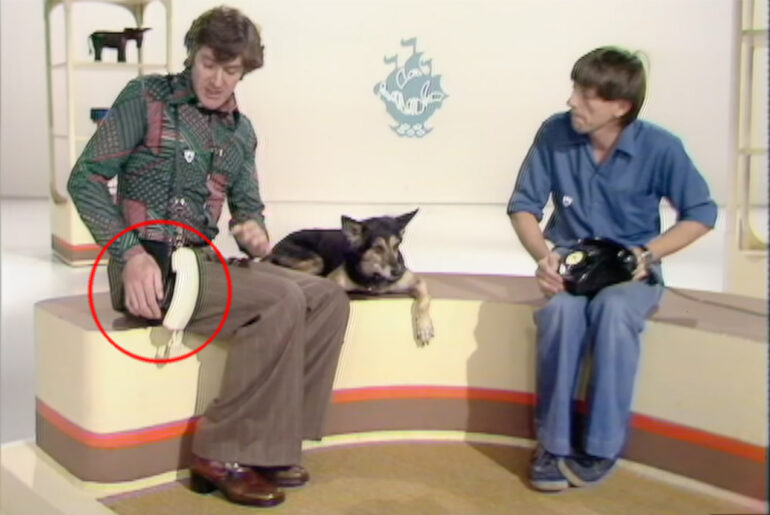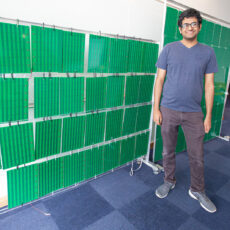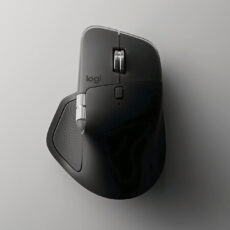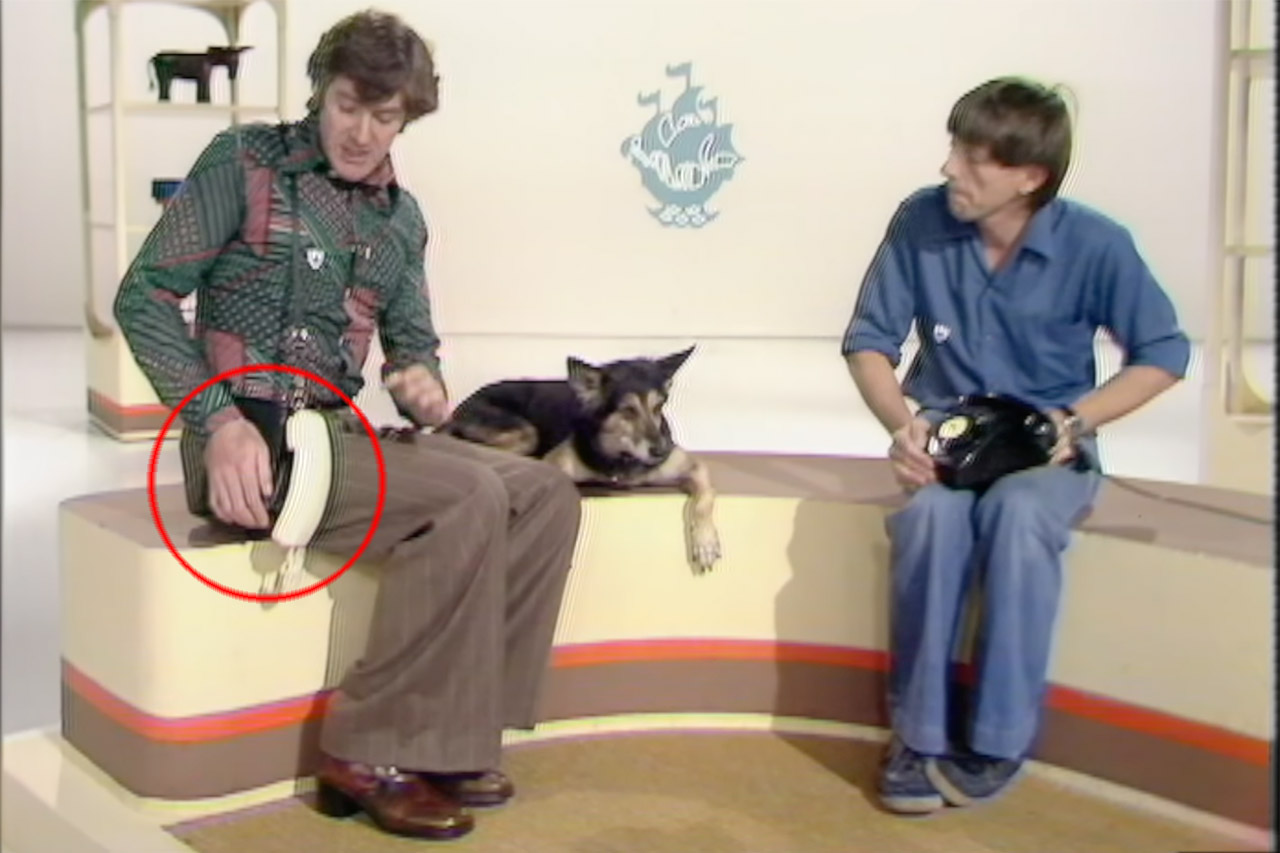
In October 1976, inside BBC Television Center’s Blue Peter studio, three presenters – Peter Purves, Lesley Judd and John Noakes – gathered around what looked like an ordinary black box. This suitcase-sized device was about to change the way people thought about long distance calls, literally.
Built by Plessey Telecommunications and weighing nearly 10 pounds, the portable phone ran on the UK’s vehicle radio network. Until then car phones were bolted into the dashboard. This one could be removed, slung over your shoulder and taken into the garden. Opening the lid revealed a simple number pad, a coiled handset cord and an antenna that shot up like a fishing rod.
- A PHONE THAT FLEXES TO YOU: Galaxy Z Flip7 keeps everything you love about a traditional phone and flips it into something way more convenient. It’s...
- A SHORTCUT TO ALL YOUR FAVORITES: Now you can quickly customize your cover screen to do even more while your phone stays shut with the new MultiStar...
- ALL SCREEN WHEN SHUT: Galaxy Z Flip7 puts what matters on the front screen, right where you need it. With a redesigned, edge-to-edge cover screen,...
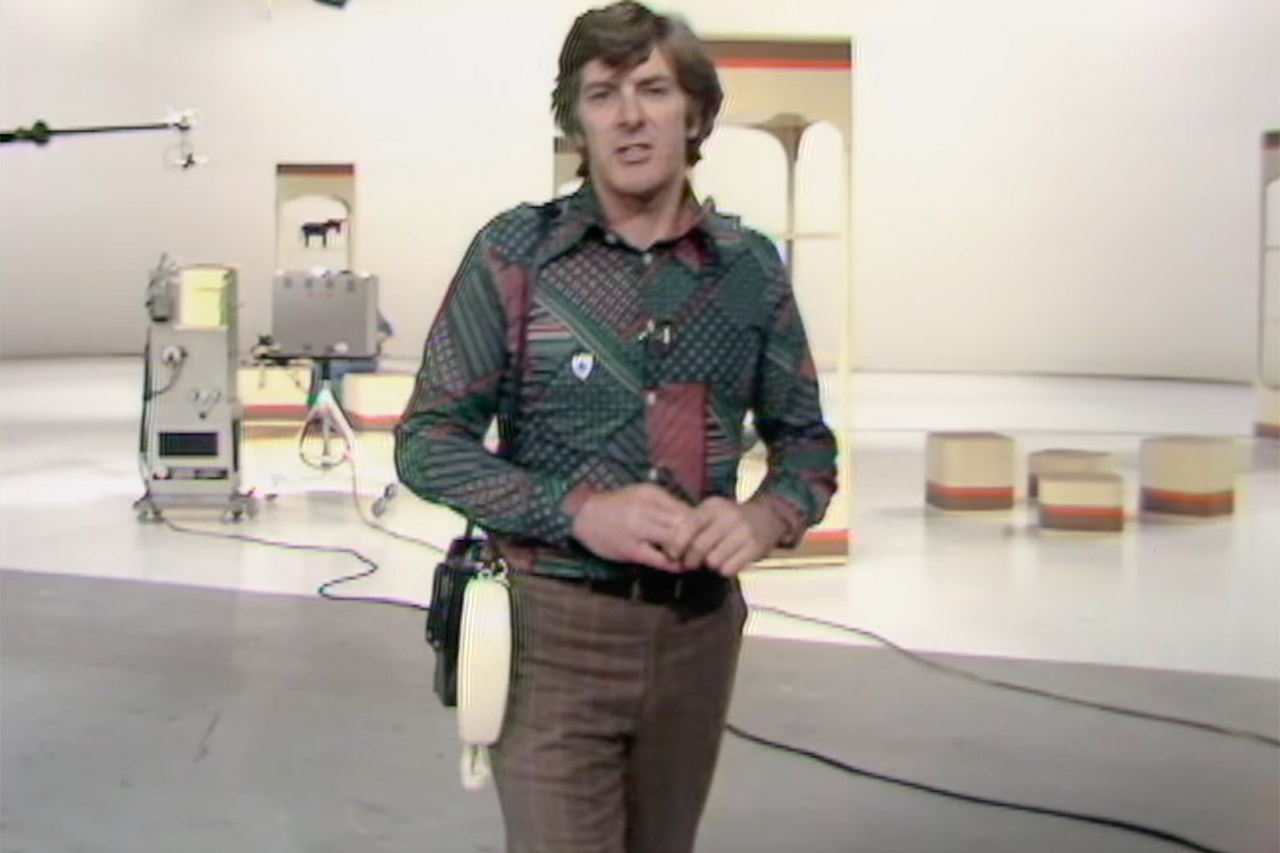
The concept was not new; in the 1950s, the General Post Office established the first radiophone service in places such as London and Manchester. Those early models were clumsy, with a big transmitter buried beneath the dashboard and connected to an operator who had to manually connect the connection. By the early 1970s, “System 3” had improved matters by adding extra channels and automatic signaling, so consumers no longer needed to communicate with an operator to go through.
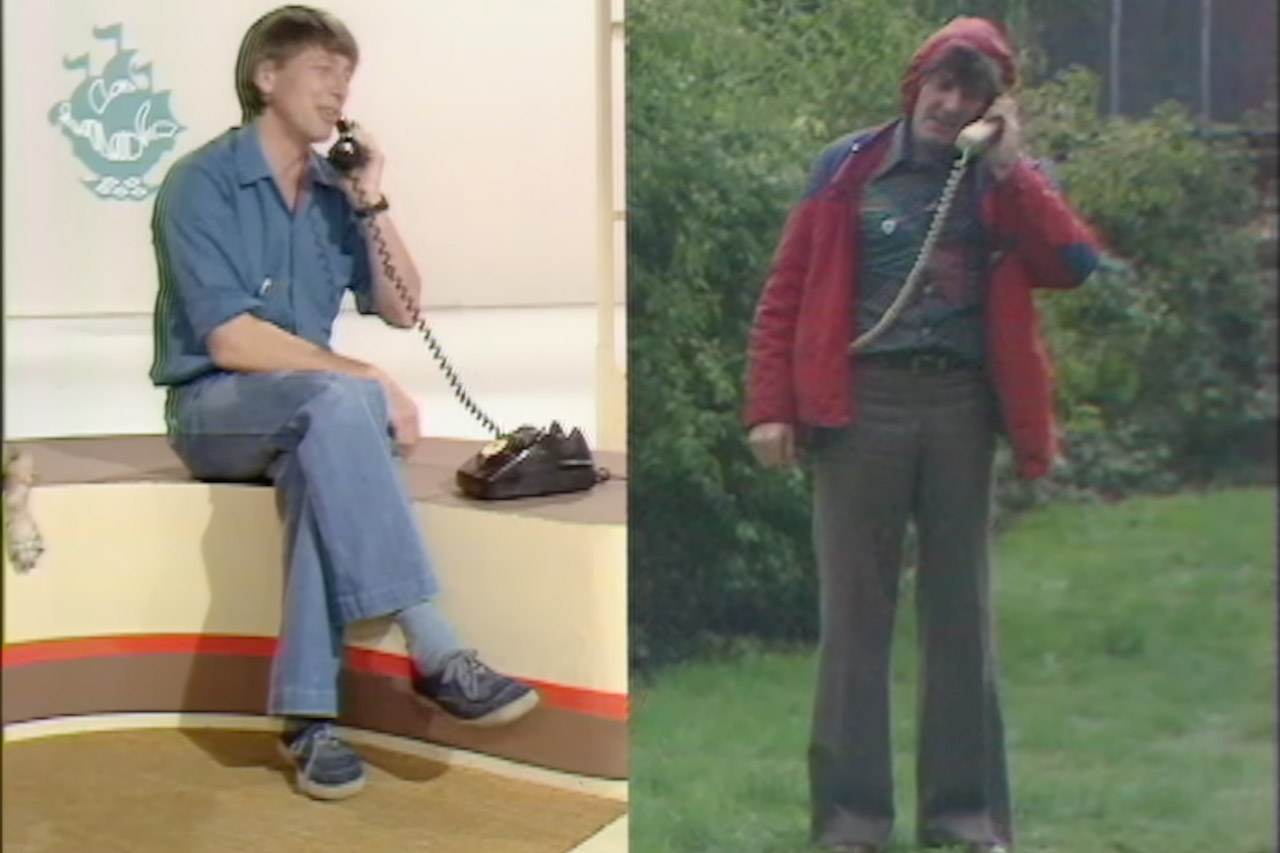
Plessey’s innovation was miniaturization, which involved cramming the transmitter, receiver, and rechargeable nickel-cadmium battery into a compact box that could be carried around. It used VHF frequencies at around 80 MHz to communicate with base stations that were many miles distant. Reception was strong along important highways and in city centers, while dead zones were common in the outskirts. The privilege came at a high cost: installation cost hundreds of pounds, calls cost 20p per minute, and most families were unable to afford the membership fee.

